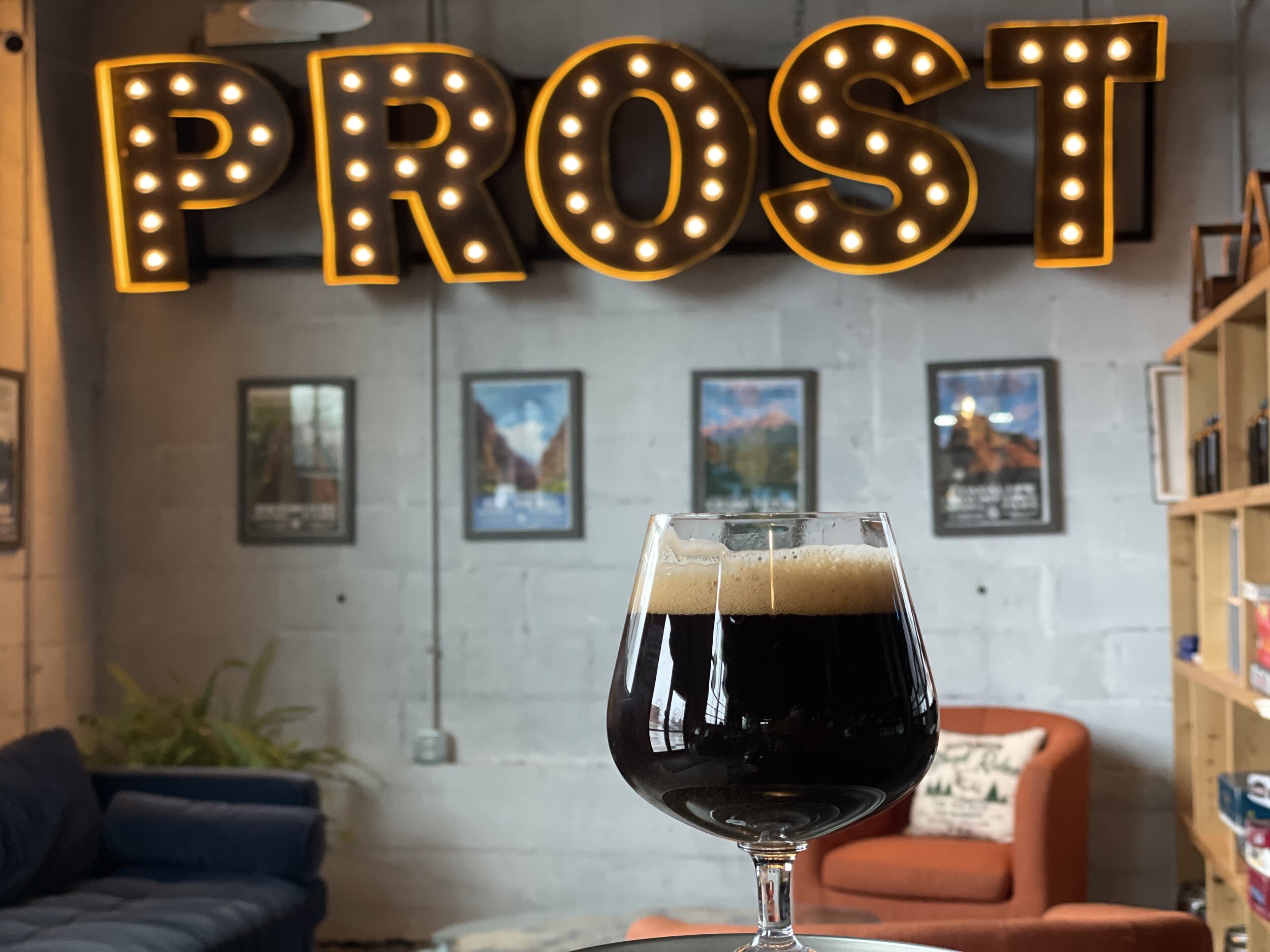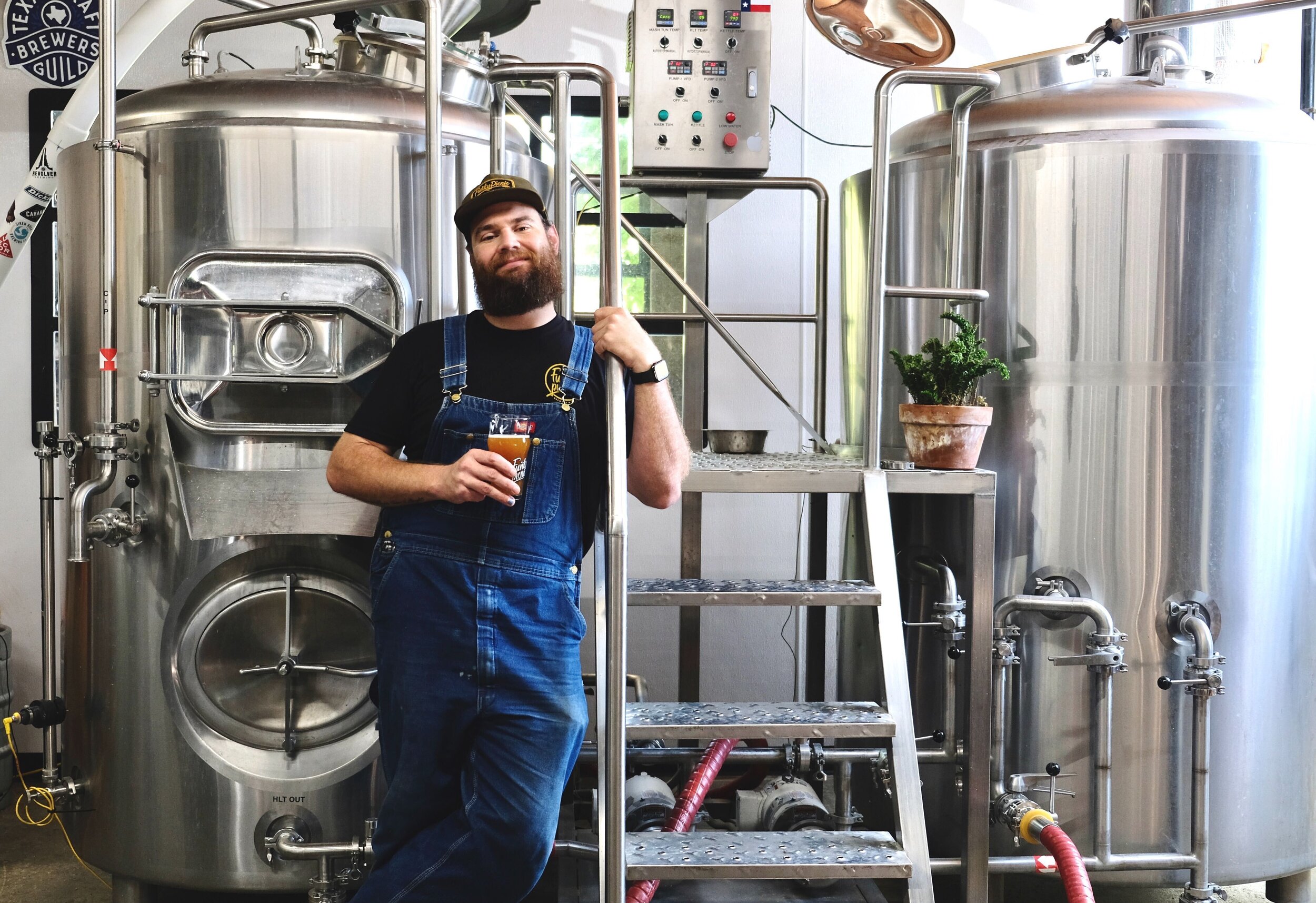Brewing Craft Beer in 4 Steps
People ask all the time, “What do brewers do all day?” And it is an easy question to ask. If we were to watch a team of brewers at work, you would see water splashing around, steam pouring from large stainless steel vats, grain being loaded into bins and a maze of hoses on the ground. But what’s really happening with all those hoses, all that steel, and manual labor? The brewing process can be broken down into four simplified steps: Mashing, separation, boiling, and fermentation. The four beer ingredients are brought together in each of these steps to create an enormous range of beer styles. The darkest stout and the lightest pilsner are made from the same four ingredients: Water, malt (or other grains), hops, and yeast.
1. Mashing
This is the first step of the process and where the first two ingredients — water and malt — will meet. Hot water is mixed with cracked grain in a large vessel commonly known as a “Mash Tun.” Thanks to enzymes present in the malt, starches from the malt are converted into sugars. What brewers are creating in the mash tun is called wort: a sugar-rich liquid made from malt and other grains. This process typically takes 60 to 90 minutes.
2. Separation
The mash tun is fitted with a false bottom, allowing the brewer to separate the liquid wort from the remaining malt solids. Through gravity (and sometimes a pump), the brewer can separate the wort from the malt and collect it in the boil kettle. As the wort is being collected, the brewer will typically rinse the malt with hot water to ensure all the sugars have been removed and assembled in the kettle.
3. Boiling
With all the wort collected from the malt, the process of boiling begins. The boiling process achieves a few things for the brewer. First, it sterilizes the wort and ensures that only the yeast the brewer chooses will work in the fermenter. Second, the brewer will introduce the third ingredient, hops, into the kettle. The hops also act as an anti-microbial agent, but more importantly, impart bitterness, flavor, and aroma to the beer. Boiling also precipitates proteins from the wort, meaning the brewer has clear wort for the yeast and, ultimately, clear beer for the drinker.
4. Fermentation
The old adage goes, “Brewers only make wort; yeast makes the beer.” And this is very true. A brewer’s job is to provide the best food and the best home for the yeast, producing the final beer the brewer is looking for. The wort is passed through a heat exchanger from the kettle to bring the temperature down to a comfortable level for the yeast. Oxygen is often introduced at this stage as well. Yeast is a flavor that can be manipulated by the temperature of the ferment, the amount of yeast used, and how much oxygen is introduced. Hefeweizens are a great example of yeast flavor, as the wonderful bouquet of banana and clove and smooth mouthfeel are created in the fermenter by essentially stressing the yeast to produce these qualities.
A brewer has many things to consider before setting out to brew a beer. What style are they after? Should the beer finish dry or have a round mouthfeel? Should it be dark? Light? Hazy? Clear? And by manipulating these four basic ingredients, the brewer can create styles that originated worldwide. It’s truly an ancient art with many levels of complication and nuances. Still, ultimately, brewing comes down to four simple ingredients and four simple steps.
Are you interested in learning more about the brewing process? Be sure to check out the Funky Picnic Brewery events calendar, where we regularly offer beer education classes and special beer dinners. You can even request a tour of the brewery and meet Harper, the head brewer, and maybe even a few of the brewery cats!
Author: Michael Harper
Harper is a passionate brewer who believes yeast is a flavor, Saaz are the best hops, and cats are better than dogs.


